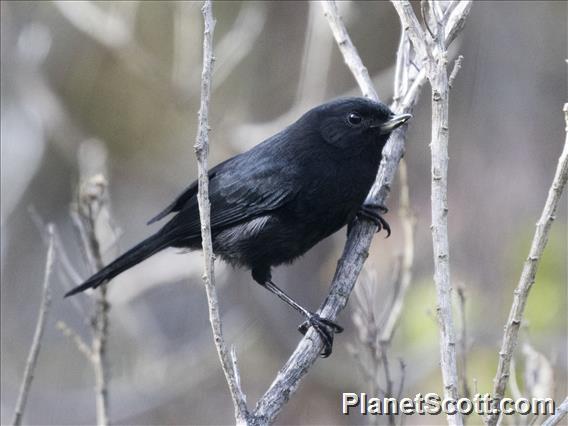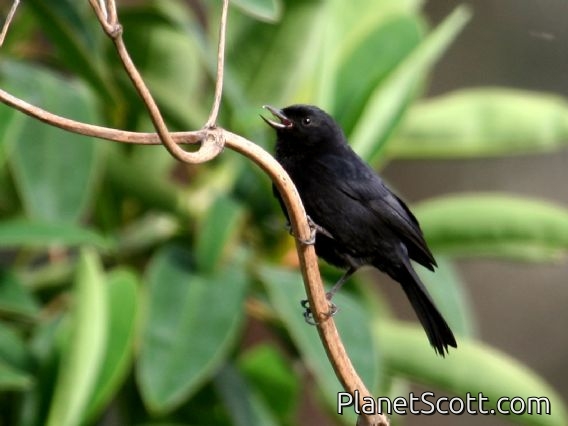Black Flowerpiercer (Diglossa humeralis)

Black Flowerpiercer (Diglossa humeralis)

Black Flowerpiercer (Diglossa humeralis)

Black Flowerpiercer (Diglossa humeralis)

Black Flower-piercer (Diglossa humeralis)

Black Flower-piercer (Diglossa humeralis)





×






Black Flowerpiercer (Diglossa humeralis)

Black Flowerpiercer (Diglossa humeralis)

Black Flowerpiercer (Diglossa humeralis)

Black Flower-piercer (Diglossa humeralis)

Black Flower-piercer (Diglossa humeralis)
About Black Flowerpiercer (Diglossa humeralis)
- Kingdom: Animals
- Phylum: Chordates
- Class: Birds
- Order: Perching Birds
- Family: Tanagers and Allies
The black flowerpiercer is a species of bird in the family Thraupidae of the order Passeriformes. The family Thraupidae is known for tanagers and other very similar species of birds, but it is still facing classification issues. The black flowerpiercer is found in Colombia, Ecuador, Peru, and Venezuela.
Source: Wikipedia
Lifelists
Visits
-
2006-11-17
Quilatoa, Ecuador -
2023-02-05
Monserrate, Colombia -
2023-02-06
Parque Natural Chicaque, Colombia -
2023-02-09
La Linea, Colombia -
2023-08-02
Parque Nacional Cayambe-Coca, Ecuador -
2024-10-15
Perija, Colombia -
2025-07-15
Cerro de Arcos, Ecuador -
2025-07-17
Hacienda La Aurora, Ecuador -
2025-07-17
Parque National Cajas, Ecuador





